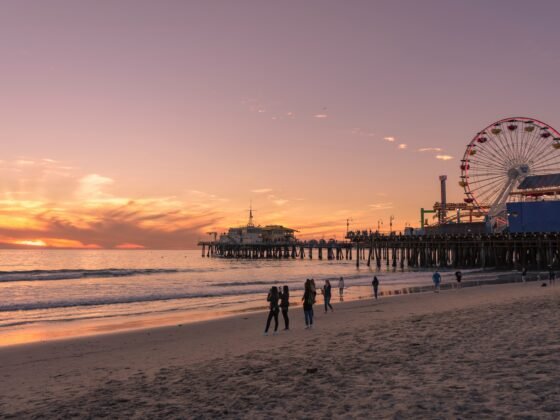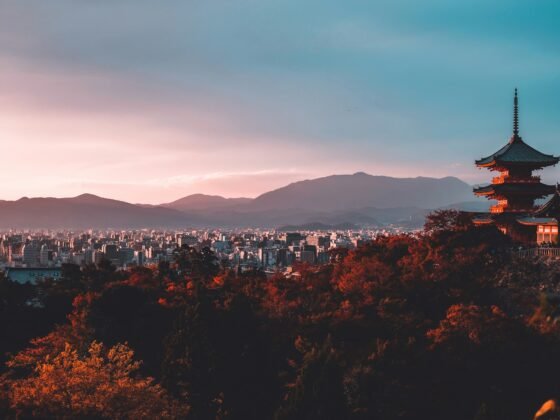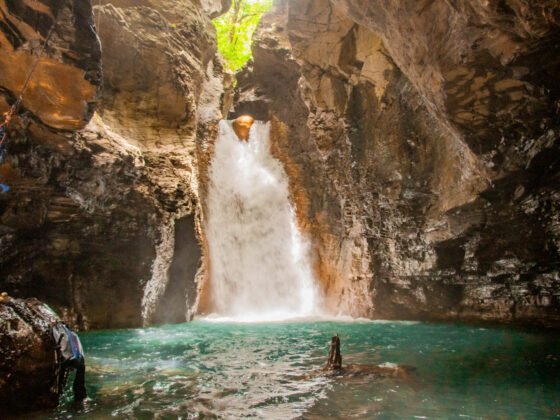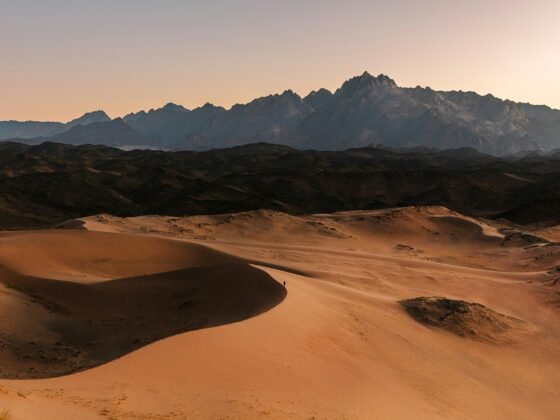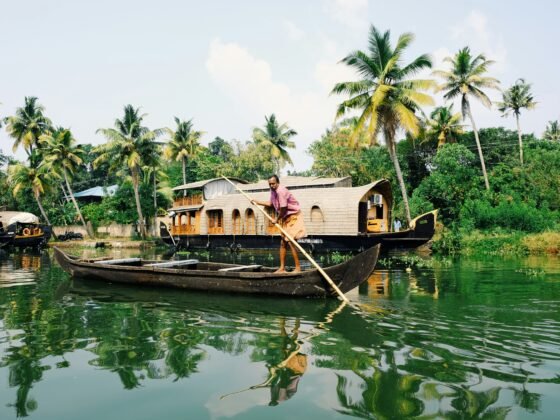Riga in Latvia, the largest city in the Baltic region, is undergoing something of a Renaissance of late with many major restoration programmes underway. The magnificent old buildings and ancient architecture is once again coming alive and Riga will surely emerge as one of the most attractive cities within Europe. Probably most famous for its nightlife, there is also plenty to do in Riga by day too from a city that was founded in 1201, ruled by many and now a protected UNESCO World Heritage Site. Lap up the German Art Nouveau and also the 19th century wooden architecture and monuments. Riga will proudly host the prestigious 2014 European Capital of Culture.
Soak up the architecture of Riga Old Town and Town Hall Square
All of the Historic Centre of Riga is UNESCO protected, with the city gaining World Heritage Status in 1997. The Old Town area of Riga, Vecriga, maintains its charm and most of the architecture dates back to 1860 – effectively highlighting just why Riga has been selected as the next capital of culture. The city is proudly bursting with galleries, museums and churches dotted around the central Town Square region. Visit Riga’s oldest church St. Peter’s Church which was constructed in 1209 and offers stunning panoramic views from atop the tower. Walk the ancient Town Hall Square and take in the magnificent architecture of the Town Hall itself and the House of Blackheads which is part museum, part guildhall and part tourist information. The House of Blackheads was originally built in 1334, was destroyed in 1941 and then fully restored in the 1990s. In this area is also the St Roland statue – Riga’s patron saint.
Take an eye opening trip to Museum of the Occupation of Latvia which details the Nazi and Soviet occupation of Latvia during the wars. Another standout sight in the cathedral Square is Riga Cathedral which was constructed in 1207 and is today a key symbol of the city.
Be inspired by the Riga Freedom Monument
The Freedom Monument – Brivibas Piemineklis – is located near to Riga Old Town and was built in honour of the first independence. It is one of Latvia’s prime national symbols and rather surprisingly the monument was never removed during the Soviet conflict. Atop the monument is a woman who holds three stars to represent the freedom of Latvia’s regions. Also around the Freedom Monument area is the Laima Clock, the Bastejkalns Park and the 1720 merchant’s residence at Mentzendorff House.
Enjoy a performance at the Latvian National Opera House
Get a reservation at the Latvian National Opera whose building dates back to the 19th century and which offers both ballet and opera regularly. There are also guided tours on Fridays where you can learn more about the past of the opera house.
Learn a little at Riga’s Museums
Just as you’d expect from a city that will host the European Capital of Culture, there are more museums in Riga than the average traveller could handle in a month so prior to your visit make a shortlist. Decide which museums interest you the most and which you can combine to fill a day. These are just five of the standout museums;
The Riga Motormuseum contains the vehicles that once belonged to Joseph Stalin, Nikita Kruschev, and Leonid Brezhnev which is a fascinating insight. The Latvian Ethnographic Open Air Museum is set beside Jugla Lake and has traditional exhibits on display complete with staff in local Latvian costume. The Musee Art Nouveau is set in the heart of the Art Nouveau district and contains pieces of the period. Visit the sombre and thought provoking Riga Ghetto and Latvian Holocaust Museum for eye-opening museum. And the Sun Museum is pretty quirky as it focusses on sun mythology.
Chill out at one of the beautiful and serene Parks
For a breath of fresh air head to the Bastejkalns Park which is small but a perfect chillout green space complete with the Bridge of Love which runs over the Pilsetas Canal. This is a great place to propose to your other half as many newlyweds have placed locks on the railings to denote the strength of their love. Other interesting parks in the city include the Vermanes Park which hosts events and concerts and is close to Bastion Hill.
Explore the Art Nouveau district
The city of Riga has the most German Art Nouveau architecture in the world. Known as Jugendstil (youth style), Alberta Street and Elizabetes Street form the heart of the Art Nouveau district and feature many works from the architect Eisenstein, who specialised in the fancy art nouveau style. There are many buildings in the city from the same period such as the embassies on the Raina Bulvaris and also on Strelnieku. Plaques label the buildings and there are also walking and cycling tours of the area.
Enjoy the free activities in Riga
Free entrances around the Town Hall Square region can be obtained at the historical fortification of Triangula Bastion, the small St. John’s Church which features a Renaissance-period altar of Jesus and an impressive Gothic ceiling. The St. Saviour’s Anglican Church offers free concerts each Wednesday and the Museum of the Barricades of 1991 is also free and details the Soviet occupation and fall of the USSR.
If you’ve never seen a Soviet-era monument up close, then check out the Victory Monument which is prime example and certainly the biggest monument from the occupation in the country.




